Throughout history, certain artifacts have captured the world’s attention for their mysterious origins or controversial content. Many of these items have faced censorship, either because of their perceived danger or the secrets they contain. Each one holds a unique place in the story of human civilization, reflecting not just knowledge but also the fear of the unknown.
The Dead Sea Scrolls (Israel)
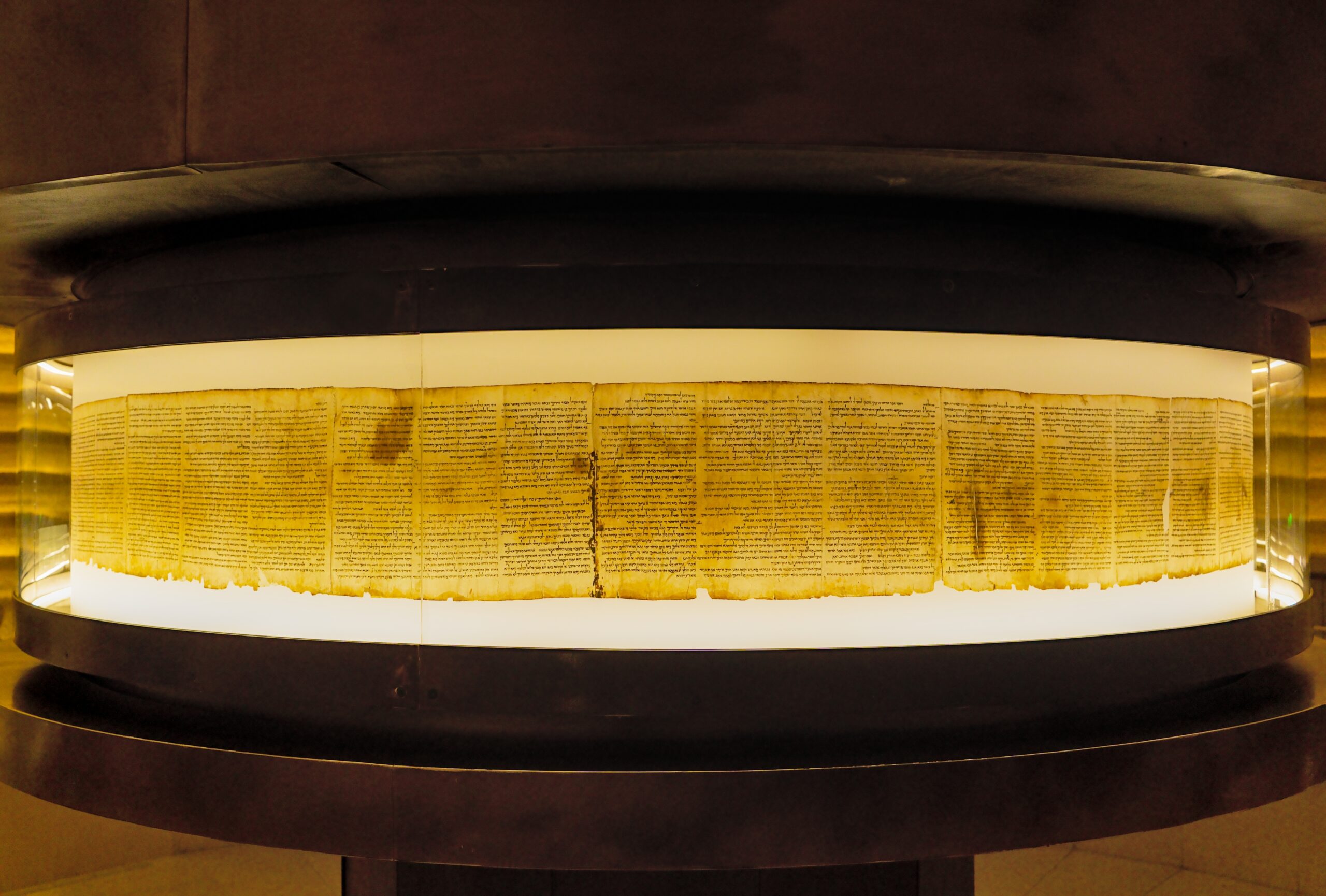
The Dead Sea Scrolls are a collection of ancient manuscripts found near the Dead Sea in the 1940s. These texts include some of the oldest known versions of the Hebrew Bible. The scrolls are written in Hebrew, Aramaic, and Greek, offering invaluable insight into Jewish life and religion during the Second Temple period. Despite their significance, they were kept out of public hands for years. The debate over their authenticity and ownership led to partial censorship by religious authorities. Their value is incalculable, both historically and spiritually.
The Voynich Manuscript (Exact Origin Unknown)
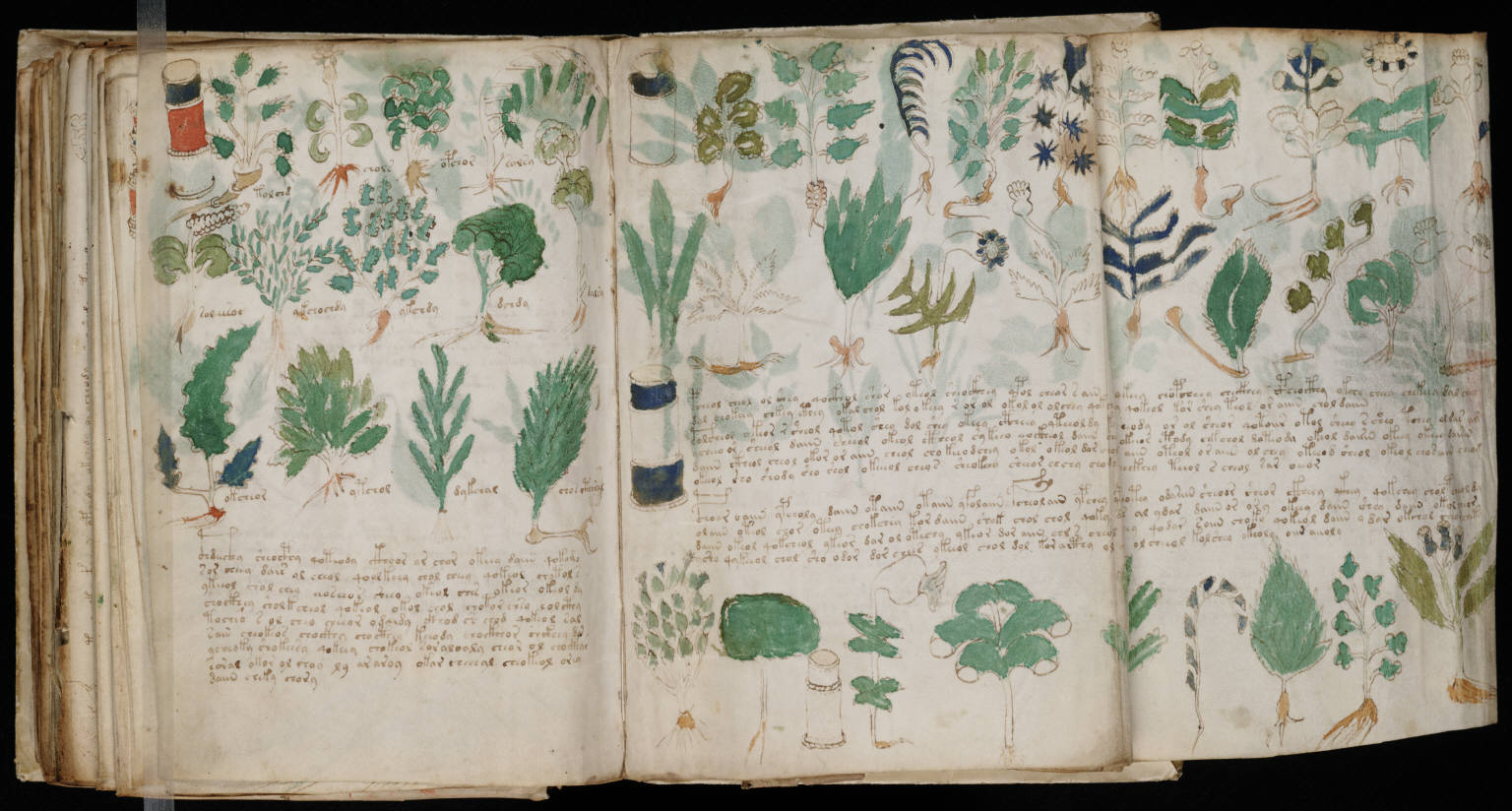
The Voynich Manuscript is a mysterious book filled with undeciphered writing, bizarre illustrations, and plants that don’t exist. Discovered by a Polish book dealer in 1912, it has puzzled scholars ever since. No one knows who wrote it or what it means. Some believe it’s a medieval hoax, while others think it’s an ancient code. Its cryptic nature has led to both fascination and censorship, as researchers struggle to unlock its secrets. The manuscript remains one of the most enigmatic artifacts in history.
The Codex Gigas “Devil’s Bible” (Czech Republic)
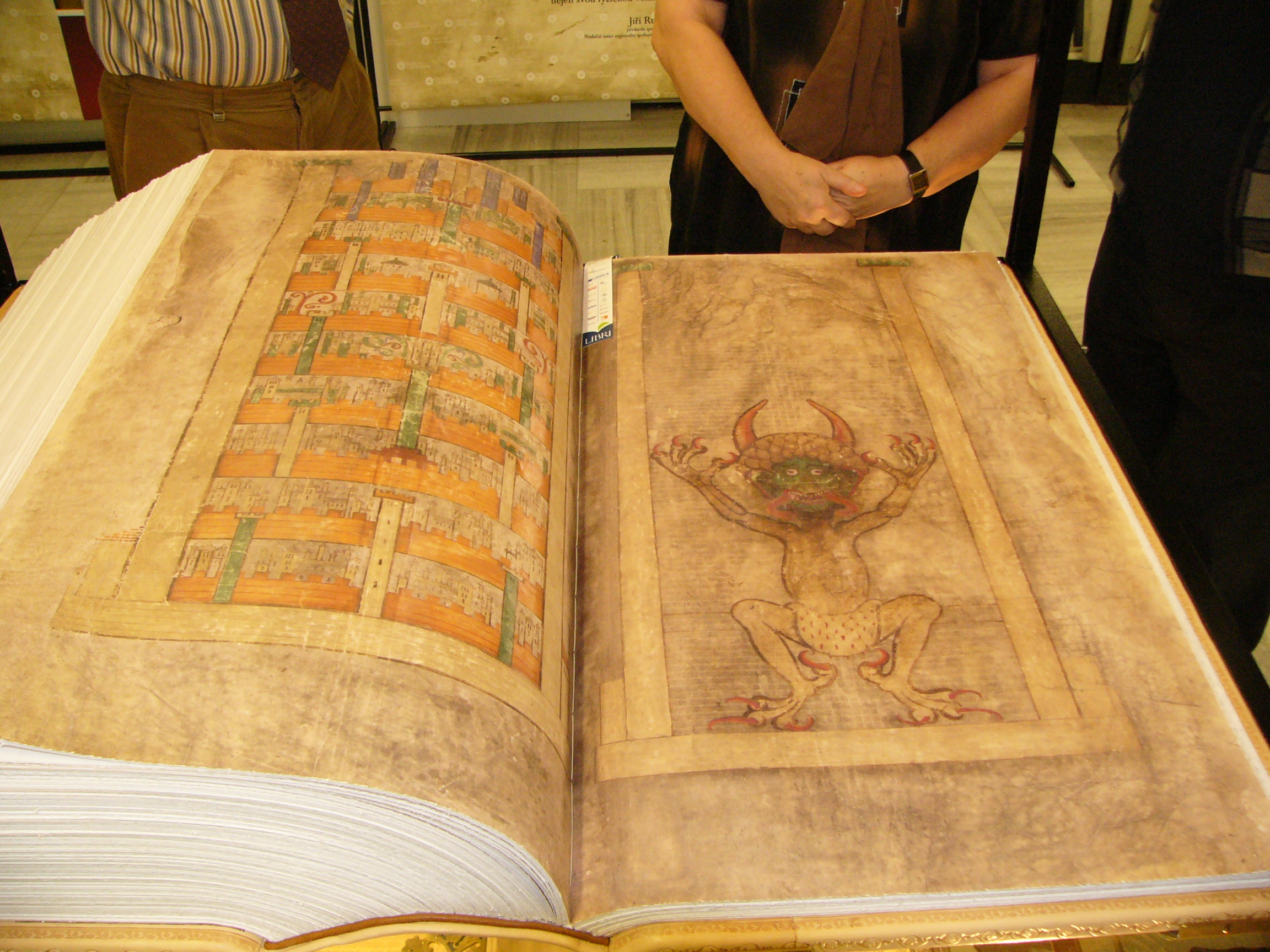
The Codex Gigas, often called the “Devil’s Bible,” is the largest medieval manuscript in the world. It earned its sinister nickname due to a large illustration of the devil found inside. Legend claims it was written by a monk in a single night with the help of Satan. The book contains the Bible as well as other historical texts. Its eerie reputation led to bans and restrictions, especially during times of religious upheaval. Today, it resides in Sweden’s National Library, though its dark past still intrigues many.
The Egyptian Book of the Dead (Ancient Egypt)
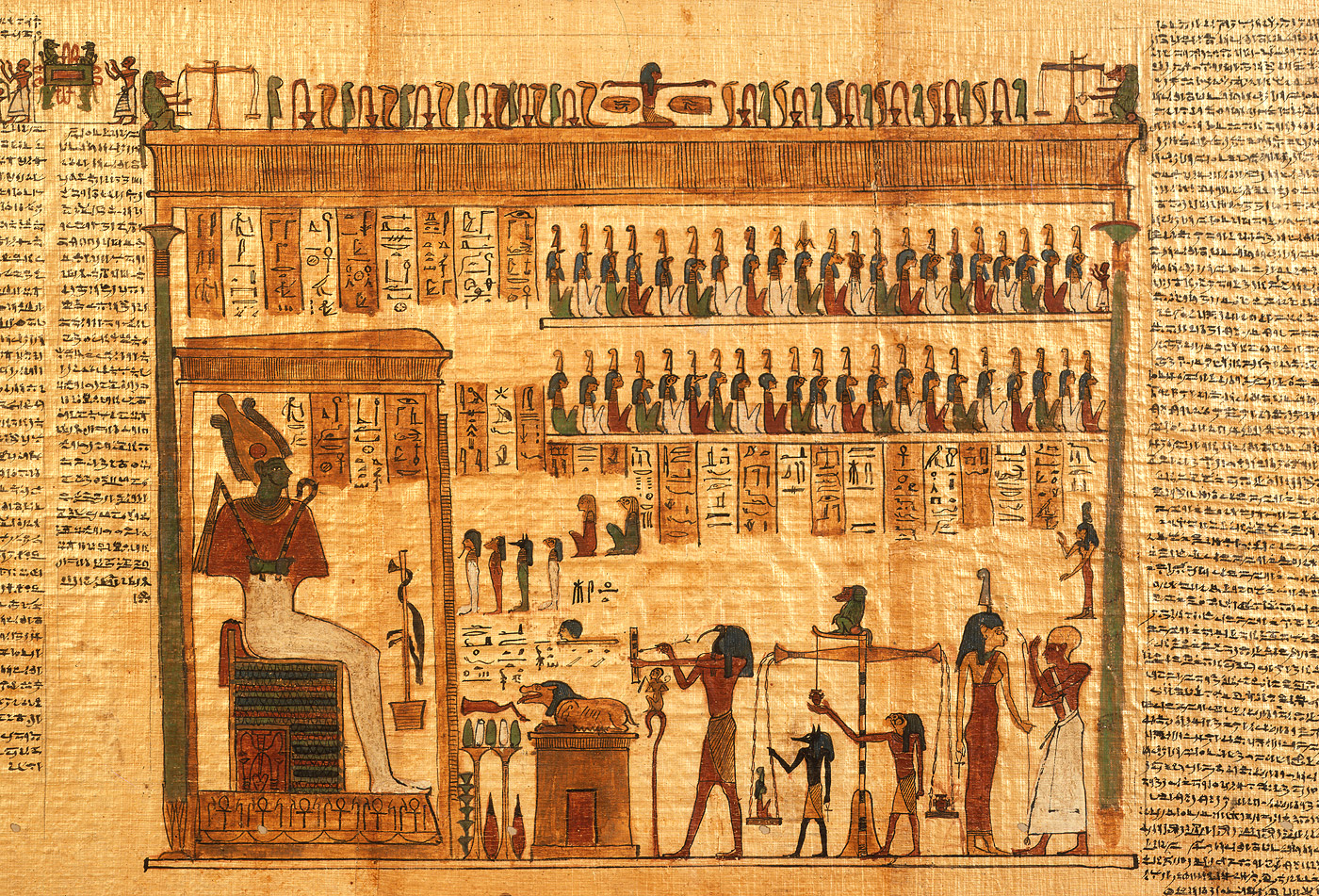
The Egyptian Book of the Dead is a collection of funerary texts used to guide the deceased through the afterlife. It contains spells, prayers, and rituals aimed at ensuring a safe journey. These scrolls were often buried with the dead, offering instructions for overcoming obstacles in the afterlife. During certain periods, rulers banned its use, fearing it might grant too much power to the common man. Its mystical and spiritual significance still captivates researchers and historians today.
The Gnostic Gospels (Nag Hammadi, Egypt)
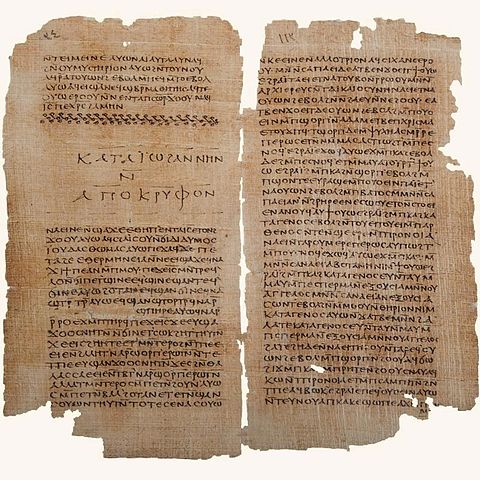
The Gnostic Gospels are early Christian texts found in 1945 near Nag Hammadi, Egypt. They offer alternative interpretations of Jesus’ teachings, focusing on personal spiritual knowledge rather than institutionalized religion. These writings were considered heretical by the early Church, leading to their suppression. Despite being hidden for centuries, they’ve opened new debates about the nature of early Christianity. Their discovery has reshaped modern understanding of religious history.
The Popol Vuh (Mayan Civilization)
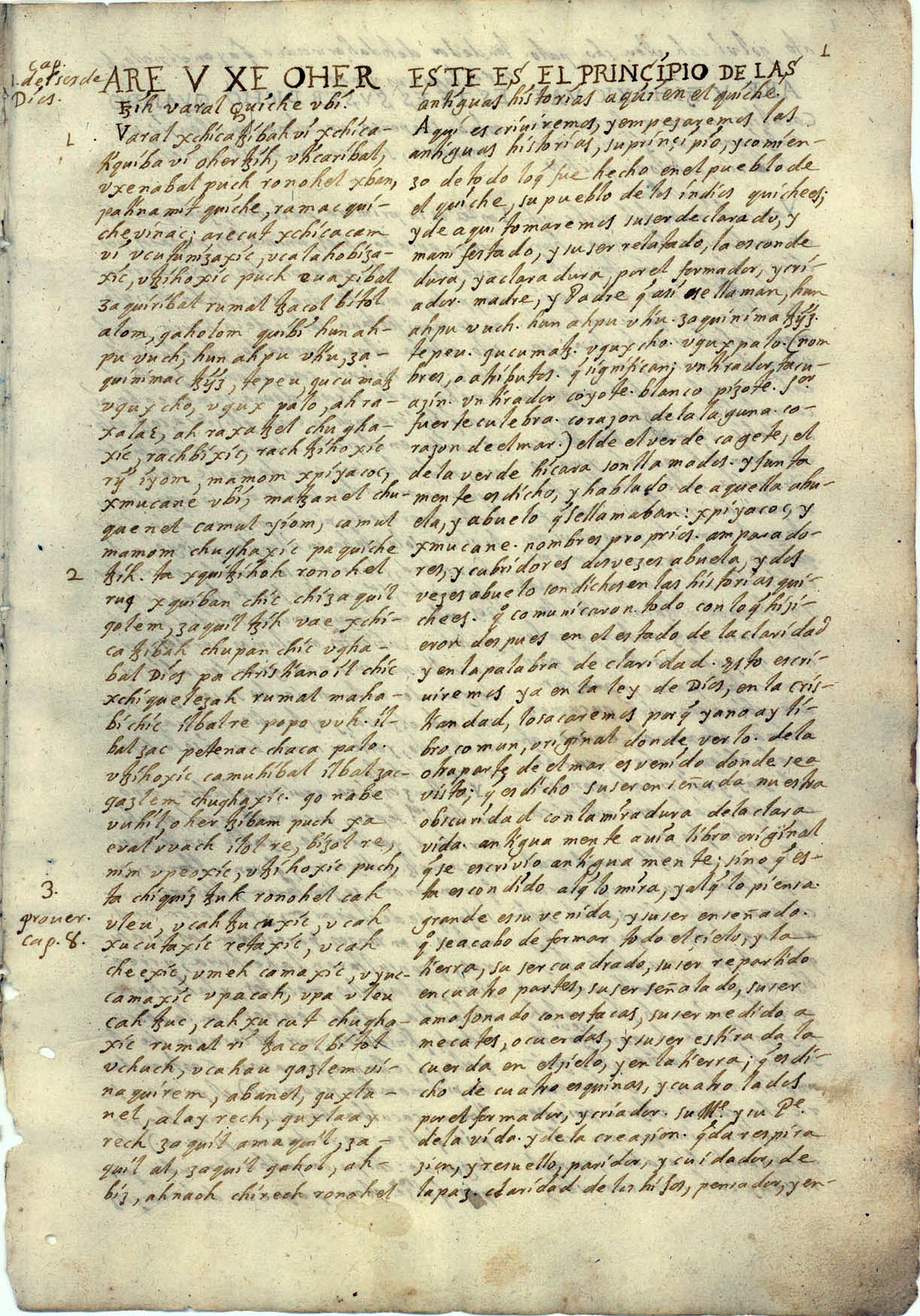
The Popol Vuh is the sacred book of the K’iche’ Maya, detailing the creation of the world and the exploits of gods and heroes. Written in the 16th century, it survived attempts by Spanish conquistadors to destroy Mayan culture. Its preservation was a defiance of colonial efforts to suppress indigenous knowledge. The Popol Vuh remains a critical text for understanding Mayan civilization, though it was hidden from authorities for years to avoid destruction.
The Malleus Maleficarum (Germany)
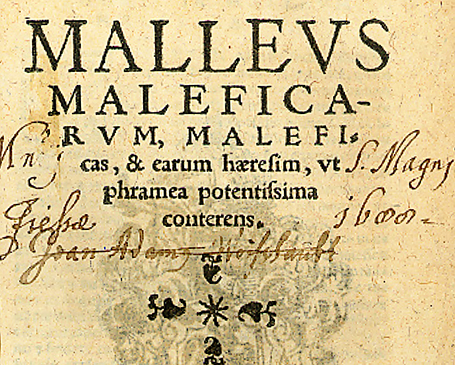
The Malleus Maleficarum, written in 1487, is a guidebook for identifying and prosecuting witches. It became the leading manual during the witch hunts in Europe. The book promoted the persecution of women, linking witchcraft to heresy. Although widely used, its violent and misogynistic content led to its eventual ban in many countries. Its chilling influence on the Inquisition and European witch trials makes it one of the most notorious books in history.
The Talmud (Various Countries)
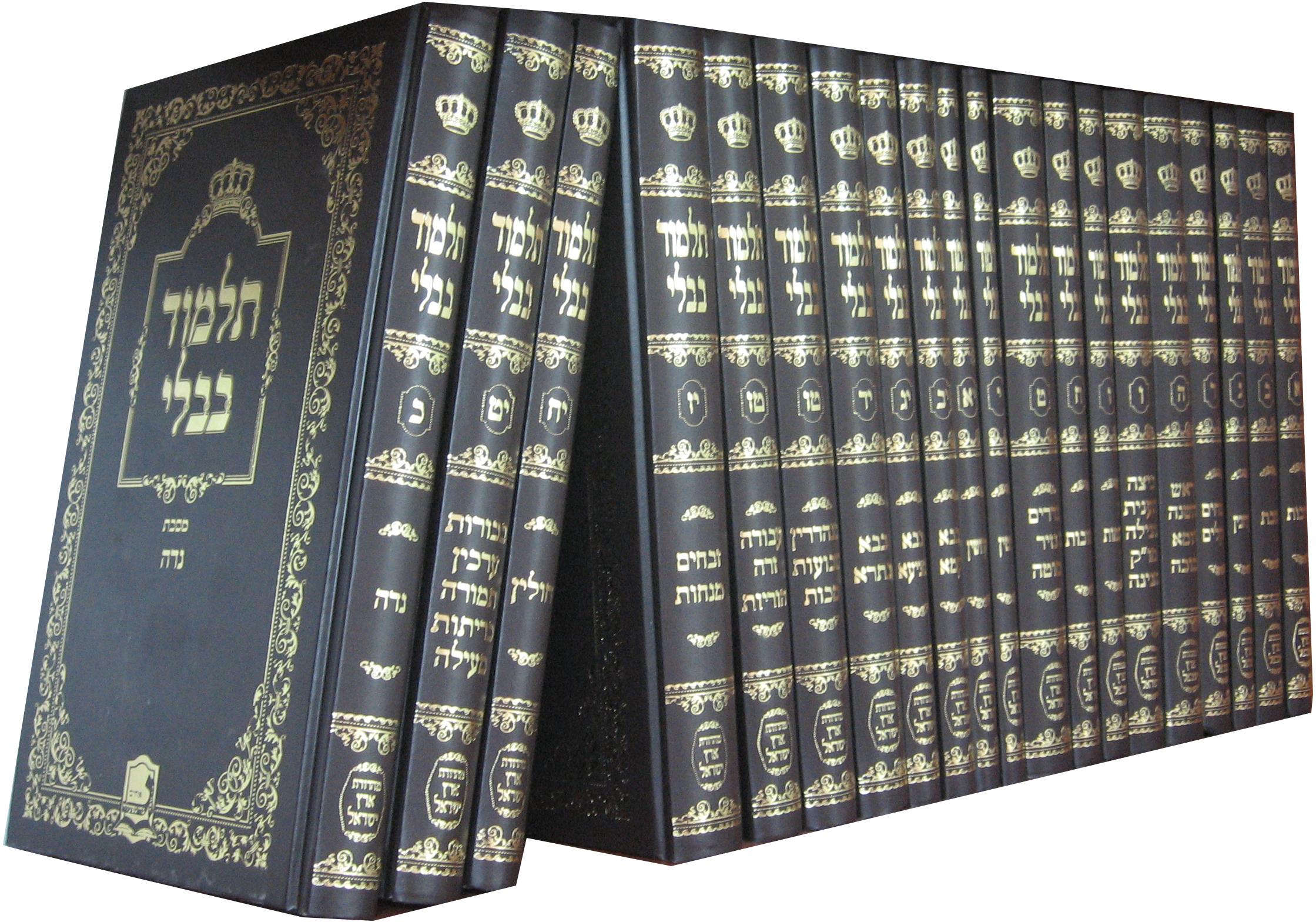
The Talmud is a central text in Rabbinic Judaism, consisting of interpretations and discussions on Jewish law. Over the centuries, it has been banned and burned in several countries, particularly during medieval times. Christian authorities feared its contents were anti-Christian and sought to suppress it. Despite these efforts, the Talmud survived and remains one of the most important texts in Judaism today. Its resilience highlights the tension between religious communities throughout history.
The Anarchist Cookbook (USA)

The Anarchist Cookbook, written by William Powell in 1971, contains instructions for creating homemade weapons and explosives. It was intended as a protest against the Vietnam War, but its content led to widespread bans. Governments around the world condemned its dangerous instructions, and Powell himself later regretted writing it. Despite the bans, the book is still circulated underground, making it a symbol of rebellion and controversy.
The Protocols of the Elders of Zion (Russia)

The Protocols of the Elders of Zion is an infamous anti-Semitic text that claims to describe a Jewish plan for world domination. Written in Russia in the early 20th century, it was later proven to be a forgery. Despite this, it was widely circulated and used to justify anti-Jewish sentiment. Many countries banned the text due to its dangerous lies, yet it continued to fuel hate movements for decades. The Protocols remain a dark example of propaganda.
This article originally appeared on Rarest.org.
More from Rarest.org
8 Most Costly Restaurants for Fine Dining

When it comes to luxury dining, some restaurants elevate the experience to an art form. These establishments are known for their exquisite cuisine, opulent settings, and impeccable service. Read More.
10 Most Lucrative Talent Agencies in Entertainment

The entertainment industry is fueled by the talent agencies that shape the careers of top artists. Read More.
14 Quaint Neighborhoods You’ve Never Heard Of in Famous Cities

In bustling metropolises around the world, there are hidden gems waiting to be discovered. Read More.
